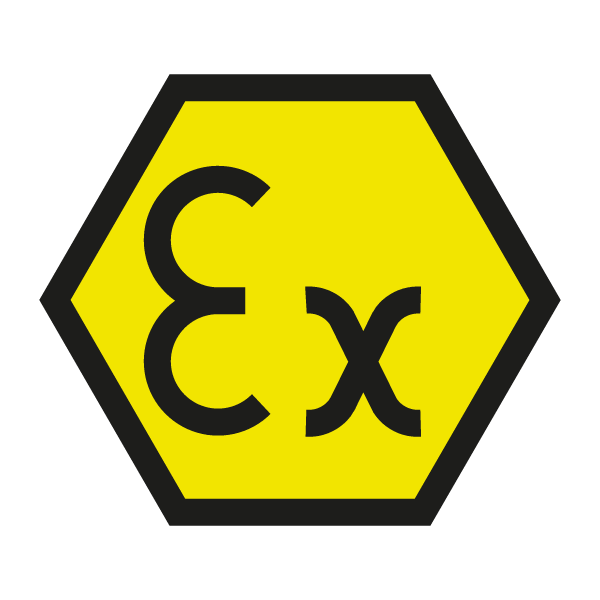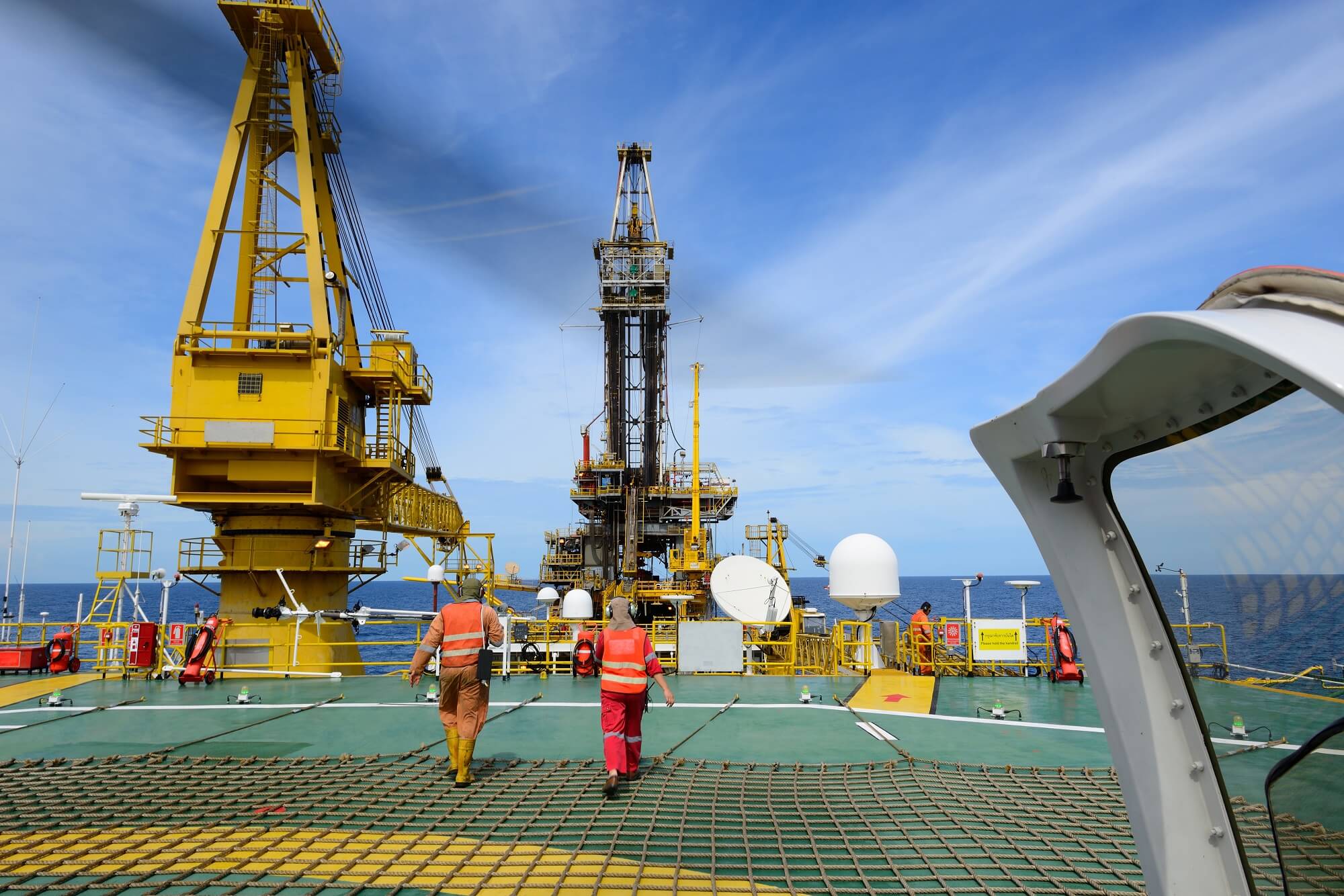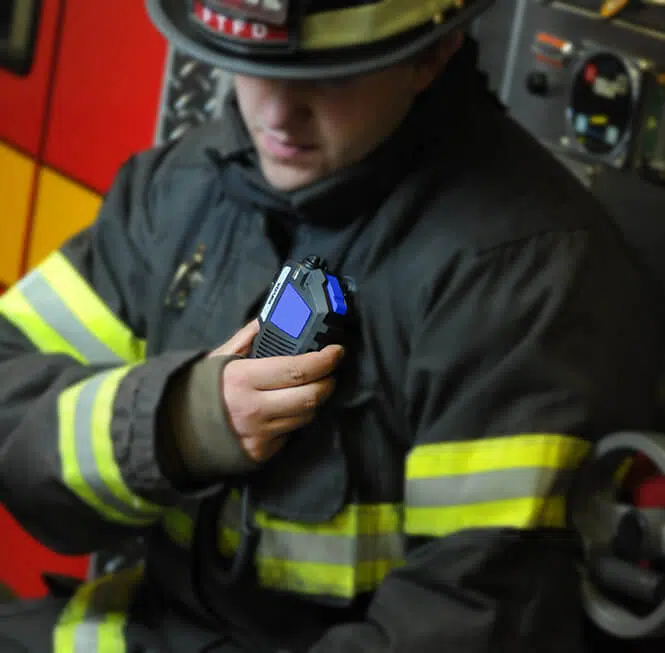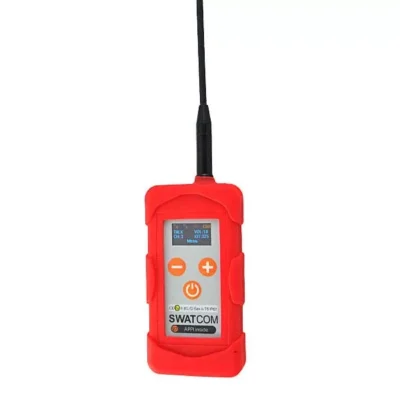ATEX Communications
ATEX (Atmosphères Explosibles) environments are potentially hazardous areas where the presence of flammable gases, vapors, or dust can lead to explosions. In such environments, effective communication is crucial for maintaining safety and ensuring smooth operations. One technology that offers significant benefits in ATEX environments is full-duplex communication. Full-duplex communication systems enable simultaneous two-way communication, allowing for clear and efficient exchanges in real-time.



An overview of ATEX Zones
In ATEX (Atmosphères Explosibles) environments, where there is a risk of explosion due to the presence of flammable gases, vapors, mists, or combustible dust, it is crucial to ensure the safety of workers. Depending on the specific ATEX zone classification, different types of hearing protection and noise-canceling communications may be required. The ATEX zone classification system includes three zones: Zone 0, Zone 1, and Zone 2 for gases, vapors, and mists, and Zone 20, Zone 21, and Zone 22 for combustible dust.
When selecting hearing protection and noise-canceling communications devices for ATEX environments, it is essential to consider their compliance with relevant ATEX directives and standards. These products should have appropriate certifications, such as ATEX, IECEx, or other recognized international standards, to ensure they are safe to use in explosive atmospheres. Additionally, consulting with safety experts or professionals with expertise in ATEX regulations can provide valuable guidance in selecting the right equipment for specific ATEX zones.
Zone 0 (Gas)
This zone has the highest level of explosion risk, with flammable substances present continuously or for long periods. In such environments, hearing protection is usually not recommended, as it can hinder the ability to detect potential hazards. However, noise-canceling communications devices with intrinsically safe designs may be used.
Zone 1 (Gas)
This zone has a high level of explosion risk, with flammable substances likely to be present during normal operations. In Zone 1, workers may require hearing protection due to high noise levels. Hearing protection options may include earplugs, earmuffs, or noise-attenuating helmets. Additionally, noise-canceling communications devices with intrinsically safe designs are necessary.
Zone 2 (Gas)
This zone has a lower level of explosion risk, with flammable substances unlikely to be present under normal operating conditions. However, they may occur infrequently and for a short duration. Similar to Zone 1, hearing protection may be required in Zone 2, and noise-canceling communications devices with intrinsically safe designs are recommended.
Zone 20 (Dust)
This zone has the highest level of explosion risk for combustible dust, present continuously or for long periods. Hearing protection may not be necessary, but noise-canceling communications devices with appropriate protection against dust ingress are advised.
Zone 21 (DUST)
This zone has a high level of explosion risk for combustible dust, likely to be present during normal operations. Hearing protection may be required due to high noise levels, and noise-canceling communications devices with appropriate dust protection are necessary.
Zone 22 (DUST)
This zone has a lower level of explosion risk for combustible dust, unlikely to be present under normal operating conditions. However, they may occur infrequently and for a short duration. Similar to Zone 21, hearing protection may be required, and noise-canceling communications devices with appropriate dust protection are recommended.
ATEX Headsets
ATEX Certified Headsets
ATEX certified headsets are a crucial innovation in communication technology designed for use in potentially explosive or hazardous environments. Engineered to meet the stringent ATEX (Atmosphères Explosibles) certification requirements, these headsets provide a safe and effective means for professionals to communicate in industries such as oil and gas, petrochemical, mining, and other high-risk sectors. ATEX headsets are built with robust materials, intrinsically safe components, and advanced noise-cancellation features to ensure clear and reliable communication, even amidst loud background noise.


ATEX PRESS-TO-TALK SWITCHES
ATEX Certified PTT’s & RSM’s
ATEX Certified PTT switches are an essential component of communication systems used in hazardous environments. With a range of configurations and features available, they can be tailored to meet the specific needs of different industries and applications. Choosing a reliable and certified ATEX PTT switch is critical to ensuring safe and effective communication in these challenging environments.
Article
The Advantages of Full-Duplex Communication in ATEX Environments
Full-duplex communication systems provide numerous advantages in ATEX environments, where effective communication is vital for maintaining safety and operational efficiency. By enabling instantaneous and clear communication, promoting team collaboration, suppressing noise, offering hands-free operation, and enhancing worker safety, these systems contribute significantly to creating a safer and more productive work environment in hazardous settings. Investing in robust full-duplex communication technology is a worthwhile endeavor for organizations operating in ATEX environments, as it helps safeguard their workforce and optimize their operations.
Contact
Get In Touch
Talking Headsets Ltd are distributors of world leading ATEX products, to find out more please get in touch and a member of our team will be in touch.



